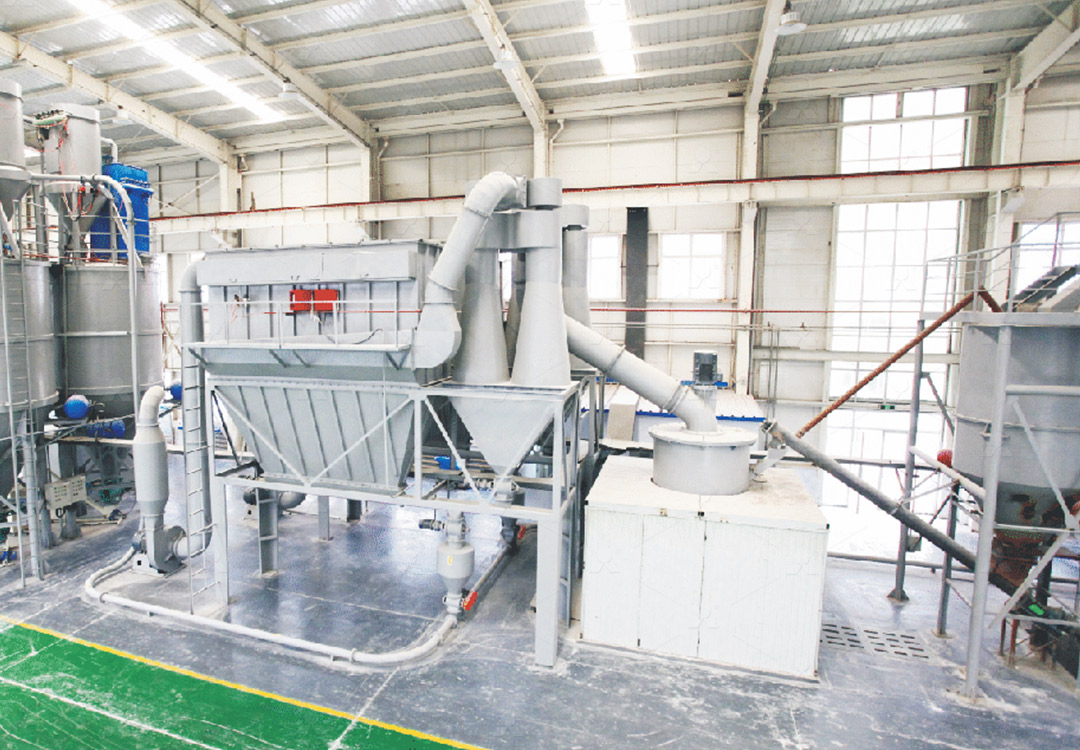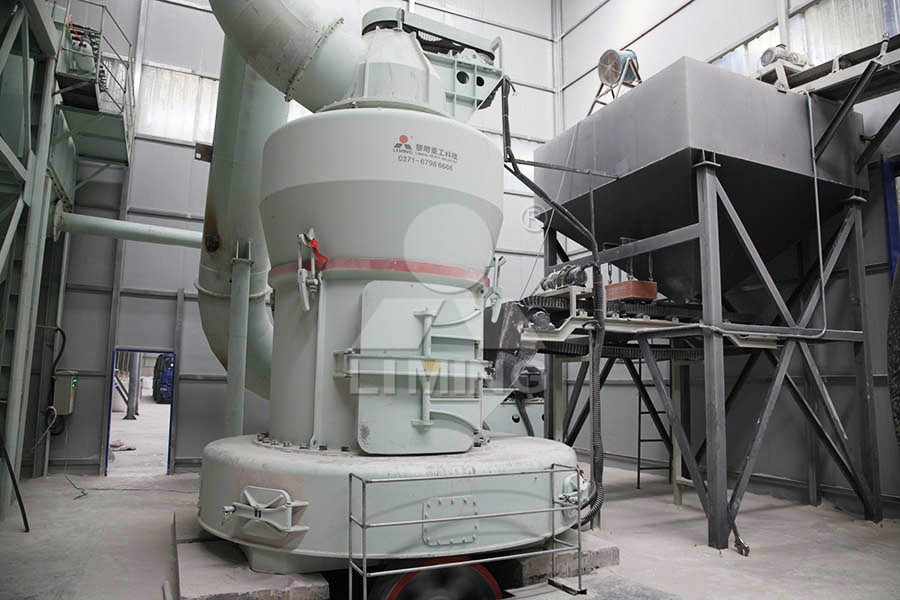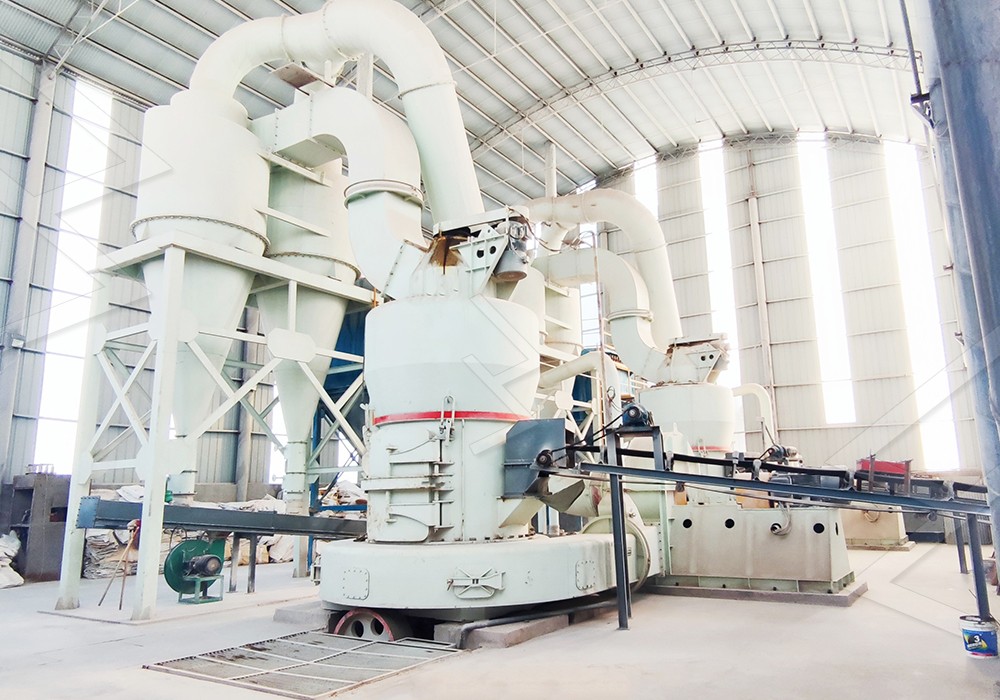Sodium Feldspar Grinding Mill Machine for Fine Powder Production
Sodium Feldspar Grinding Mill Machine for Fine Powder Production
In the world of industrial mineral processing, sodium feldspar stands as a crucial material for ceramics, glass, and filler applications. Achieving the precise fineness required for these applications demands specialized grinding equipment capable of producing consistent, high-quality powders while maintaining operational efficiency and environmental compliance.
The transformation of raw sodium feldspar into valuable fine powder involves complex mechanical processes that must balance production capacity, energy consumption, and final product quality. Traditional grinding methods often fall short in meeting modern industry standards for efficiency and environmental protection.

Technical Challenges in Sodium Feldspar Processing
Sodium feldspar presents unique grinding challenges due to its moderate hardness (6-6.5 on Mohs scale) and specific cleavage properties. The ideal grinding solution must handle these characteristics while producing powders ranging from 325 to 2500 meshes for various industrial applications. Traditional ball mills often struggle with energy efficiency and precise particle size control, while older Raymond mill designs may not achieve the ultra-fine specifications demanded by premium applications.
Environmental considerations have become increasingly important in mineral processing operations. Dust control, noise reduction, and energy efficiency are no longer optional features but essential requirements for sustainable operations. Modern grinding technology must address these concerns without compromising production capacity or product quality.
Advanced Grinding Solutions
For operations requiring ultra-fine sodium feldspar powder, the MW Ultrafine Grinding Mill represents a significant technological advancement. This equipment handles input sizes up to 20 mm with production capacities ranging from 0.5 to 25 tons per hour, making it suitable for both medium and large-scale operations.
The MW series incorporates several innovative features specifically beneficial for sodium feldspar processing. Its newly designed grinding curves for rollers and rings enhance grinding efficiency substantially. Comparative studies show production capacity increases of 40% over jet grinding mills and stirred grinding mills, with yields doubling that of traditional ball grinding mills. Remarkably, system energy consumption is reduced to just 30% of jet grinding mill requirements.

Precision and Reliability Features
The adjustable fineness capability between 325-2500 meshes makes the MW Ultrafine Grinding Mill particularly valuable for sodium feldspar processors serving multiple market segments. The German-technology cage-type powder selector ensures precise separation, with multi-head configurations available to match specific production requirements for yield, fineness, and sieving rate.
Operational reliability is enhanced through the elimination of rolling bearings and screws within the grinding chamber. This design innovation prevents common failure points and eliminates machine damage from loose screws. External lubrication systems enable maintenance without production stoppages, supporting continuous 24-hour operation critical for profitable mineral processing.
Environmental and Operational Advantages
The integration of efficient pulse dust collection systems addresses the significant challenge of dust control in fine powder production. Combined with silencers and noise elimination technology, the MW grinding mill operates well within national environmental protection standards, making it suitable for operations in regions with strict emissions regulations.
For operations requiring different specifications, the LUM Ultrafine Vertical Grinding Mill offers complementary capabilities with input sizes up to 10 mm and capacities of 5-18 tph. Its unique roller shell and lining plate grinding curve design generates material layers more effectively, enabling high finished product rates through single-pass powder milling.

Practical Implementation Considerations
When selecting grinding equipment for sodium feldspar processing, operators should consider both immediate production requirements and long-term operational costs. The digital processing and numerical control manufacturing of modern grinding mills ensure high precision in core components, contributing to consistent performance and reduced maintenance requirements.
Comprehensive technical support and genuine spare parts availability are crucial for minimizing downtime. Manufacturers with integrated production and sales operations typically provide more reliable after-sales service and faster response times for technical issues.
Frequently Asked Questions
What is the optimal feed size for sodium feldspar in the MW Ultrafine Grinding Mill?
The MW mill processes input sizes from 0-20 mm effectively. For optimal performance, we recommend crushing raw material to below 15 mm before feeding into the grinding system.
How does the energy consumption compare to traditional ball mills?
The MW Ultrafine Grinding Mill reduces energy consumption by approximately 60-70% compared to traditional ball mills while achieving similar or better production yields.
What maintenance requirements should operators anticipate?
With no rolling bearings or screws in the grinding chamber, maintenance requirements are significantly reduced. Regular inspection of grinding rollers and rings is recommended every 800-1000 operating hours, with external lubrication systems enabling maintenance without shutdowns.
Can the same equipment process other minerals besides sodium feldspar?
Yes, the MW grinding mill effectively processes various non-metallic minerals including limestone, calcite, dolomite, talc, and barite, providing operational flexibility for processors handling multiple materials.
What dust control measures are integrated into the system?
The mill includes an efficient pulse dust collector that eliminates dust pollution throughout the entire milling process, with emission levels meeting international environmental standards.
